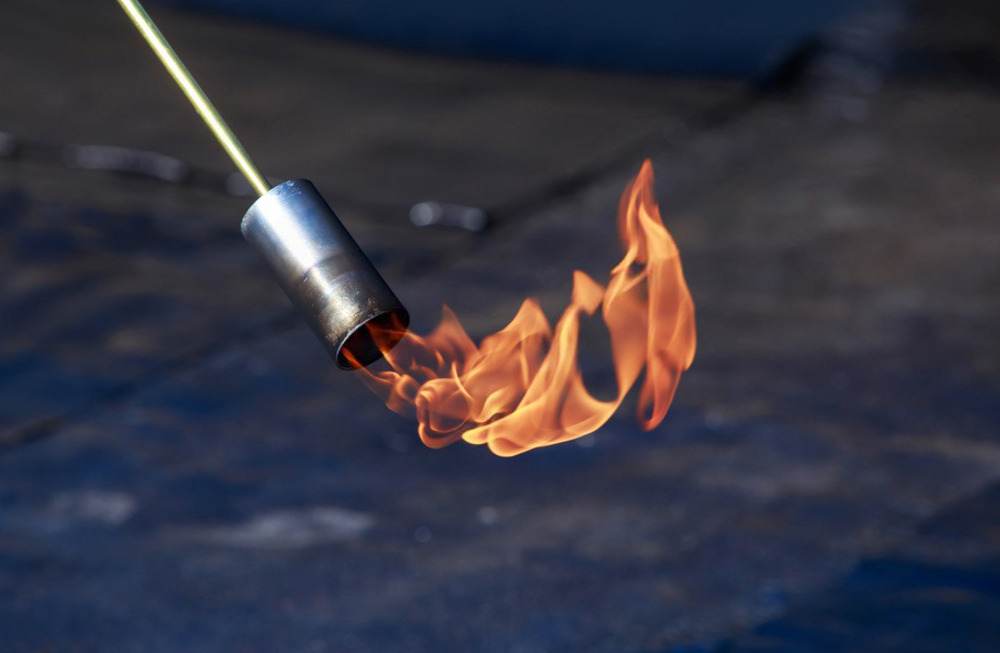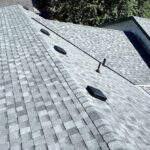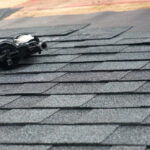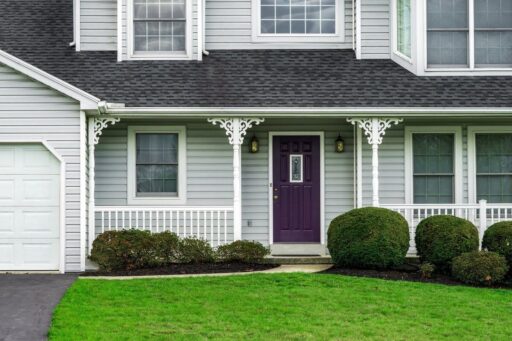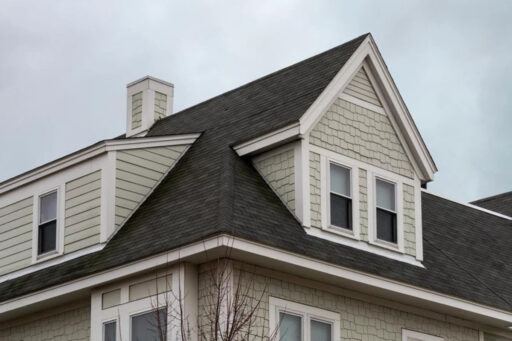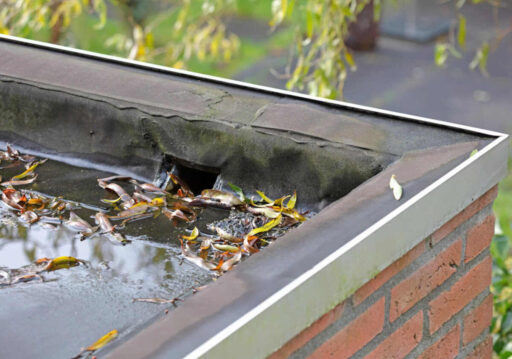Torch on roofing has become an increasingly popular choice for flat and low-slope roofs in both residential and commercial settings. This innovative roofing system offers a unique combination of durability, water resistance, and ease of installation that makes it an attractive option for many property owners. In this comprehensive guide, we’ll explore the ins and outs of torch on roofing, from its composition and installation process to its benefits and potential drawbacks.
Composition of Torch On Roofing Materials
Torch on roofing, also known as torch down roofing or modified bitumen roofing, is a specialized roofing system designed primarily for flat or low-slope roofs. This innovative roofing solution consists of multiple layers of modified bitumen membranes that are heated and fused together using a propane torch during installation.
The core component of torch on roofing is modified bitumen, which is essentially asphalt that has been enhanced with plastic or rubber additives. This modification improves the material’s flexibility, durability, and weather resistance. The roofing system typically comprises several layers:
- Base sheet: This initial layer provides a foundation for the subsequent layers.
- Modified bitumen membrane: This is the primary waterproofing layer, often reinforced with polyester or fibreglass for added strength.
- Cap sheet: The topmost layer, which may be smooth or granulated, offering additional protection and UV resistance.
There are two main types of modified bitumen used in torch on roofing:
- Atactic Polypropylene (APP): This plastic-based modifier creates a membrane that is highly flexible and performs well in both high and low temperatures.
- Styrene Butadiene Styrene (SBS): This rubber-based modifier results in a membrane with excellent elasticity and a lower melting point, making it suitable for various application methods.
Torch on roofing membranes are often reinforced with materials such as polyester or fibreglass. These reinforcements serve to enhance the roofing system’s overall strength, dimensional stability, and resistance to tearing. The choice of reinforcement can affect the roofing’s performance characteristics and longevity.
Types of Torch On Roofing Systems
Torch on roofing systems come in various configurations to suit different needs and budgets. Understanding these options can help property owners make informed decisions about their roofing solutions.
Two-Layer Torch On Roofing
This system consists of two primary components:
- Base sheet: A smooth membrane that serves as the foundation.
- Cap sheet: A top layer that may be smooth or granulated.
Two-layer systems are generally more cost-effective but may not offer the same level of protection as their three-layer counterparts.
Three-Layer Torch On Roofing
A more robust option, the three-layer system includes:
- Asphaltic board: Provides additional insulation and a stable base.
- Smooth base ply: Acts as an intermediary layer.
- Granulated cap sheet: Offers enhanced protection and aesthetics.
This system typically provides superior durability and longevity compared to the two-layer option.
Specialized Torch On Roofing Systems
Some manufacturers offer advanced torch on roofing systems that incorporate additional features such as:
- Cool roof technology for improved energy efficiency
- Fire-resistant additives for enhanced safety
- Reflective coatings to reduce heat absorption
- These specialized systems can provide added benefits, but may come at a higher cost.
The Installation Process of Torch On Roofing
The installation of torch on roofing requires skill, precision, and adherence to safety protocols. While it’s not a DIY-friendly process, understanding the steps involved can help property owners appreciate the complexity of the job and ensure quality workmanship.
- Preparation of the Roof Surface
Before installation begins, the existing roof surface must be thoroughly prepared. This starts with a comprehensive cleaning process that involves removing debris, dirt, and any loose materials. Simultaneously, any damage or weak spots in the existing structure must be carefully repaired. To enhance the adhesion of the new roofing system, a primer is meticulously applied to the surface. - Application of the Base Layer
The first step in the actual installation process involves laying down the base layer. Installers unroll the base sheet across the roof surface, securing it using mechanical fasteners or adhesives. Careful attention is paid to ensure proper overlap between adjacent sheets, creating a watertight seal that prevents moisture penetration. - Torch Application Technique
The heart of the installation process lies in the skilled use of the propane torch. Professionals carefully heat the underside of the modified bitumen sheets as they are unrolled, maintaining precise temperature control to achieve proper adhesion without overheating. The heated material is then pressed onto the substrate, creating a strong and durable bond that will protect the building for years to come. - Sealing Seams and Edges
Special attention is given to seams and edges to prevent water infiltration. Adjacent sheets are overlapped by a specified amount, typically 3-4 inches, and then thoroughly sealed using the torch. Additional sealant or flashing materials are applied around roof penetrations and edges to ensure complete protection against moisture and environmental elements. - Safety Considerations During Installation
The use of open flames during installation necessitates strict safety measures. A fire watch is maintained during and after installation to prevent potential fire outbreaks. Installers wear appropriate safety gear to protect themselves from heat and potential hazards. Proper ventilation is crucial to ensure adequate air circulation and disperse potentially harmful fumes generated during the installation process.
Benefits of Torch On Roofing
Torch on roofing offers numerous advantages that make it an attractive option for many property owners. Understanding these benefits can help in making an informed decision about roofing solutions.
- Superior Water Resistance
One of the primary advantages of torch on roofing is its exceptional water resistance. The seamless application creates a continuous waterproof barrier. Modified bitumen’s flexibility allows for expansion and contraction without cracking, ensuring excellent performance in areas prone to standing water or slow drainage. - Durability and Longevity
Torch on roofing systems are known for their robust nature and long lifespan. These systems typically last 15–20 years with proper maintenance. They demonstrate remarkable resistance to UV radiation, preventing premature degradation. Additionally, they can withstand foot traffic and minor impacts without damage, making them a reliable roofing solution. - Energy Efficiency
Many torch on roofing systems offer significant energy-saving benefits. Some feature reflective surface options that can reduce heat absorption. They also provide improved insulation properties compared to traditional roofing materials, potentially leading to lower cooling costs in warm climates. - Versatility in Application
Torch on roofing is incredibly adaptable, suitable for both new construction and roof replacements. It can be installed over certain existing roofing materials, which helps reduce removal costs. These systems are also highly adaptable to various roof shapes and configurations, making them a flexible choice for different architectural designs. - Low Maintenance Requirements
Once installed, torch on roofing typically requires minimal upkeep. The material is resistant to moss and algae growth, which helps maintain its appearance and performance. Cleaning is straightforward, typically requiring only simple washing techniques. When repairs are necessary, they are generally straightforward and cost-effective.
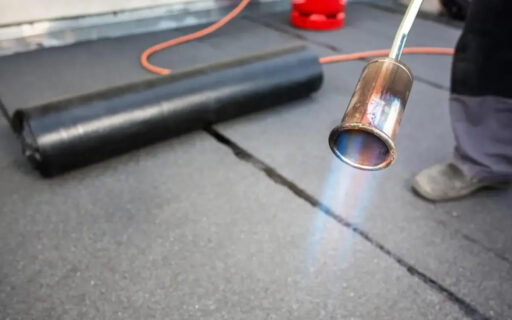
Potential Drawbacks of Torch On Roofing
While torch on roofing offers many benefits, it’s important to consider potential drawbacks to make a balanced decision.
- Installation Risks
The use of open flames during installation presents certain risks. There is a potential fire hazard if not properly managed during application. Improper installation could lead to property damage. These systems also require skilled professionals, which may limit availability in some areas. - Environmental Considerations
Some aspects of torch on roofing may raise environmental concerns. The installation process produces fumes, though less than some alternative methods. End-of-life disposal can be challenging due to the modified bitumen composition. There’s also potential for higher embodied energy compared to some eco-friendly roofing options. - Cost Factors
While cost-effective in many scenarios, torch on roofing may not always be the most economical choice. Initial installation costs can be higher than some alternative flat roofing systems. The specialized labour requirements may increase overall project expenses. Additionally, there might be potential for higher insurance premiums due to installation fire risks. - Aesthetic Limitations
Torch on roofing may not meet all aesthetic preferences. Color options are typically limited to black or dark grey. The lack of decorative profiles or patterns available with some other roofing materials might be a drawback. Visible seams may be considered less attractive by some property owners. - Performance in Extreme Conditions
While generally robust, torch on roofing may face challenges in certain environments. The material can potentially soften in extremely high temperatures. There’s a risk of cracking in areas with dramatic temperature fluctuations. In regions prone to severe weather events, these roofing systems may require additional reinforcement to maintain their integrity.
Maintenance and Care for Torch On Roofing
Proper maintenance is crucial for maximizing the lifespan and performance of a torch on roof. While these roofing systems are generally low-maintenance, regular care can prevent minor issues from escalating into major problems.
Routine Inspections
Regular inspections are the cornerstone of effective roof maintenance:
- Conduct visual checks at least twice a year, typically in spring and autumn.
- Look for signs of damage, such as blistering, cracking, or separation at seams.
- Pay special attention to areas around roof penetrations and edges.
Cleaning Procedures
Keeping the roof surface clean helps maintain its integrity and appearance:
- Remove debris such as leaves, branches, and dirt regularly.
- Use a soft-bristled brush or low-pressure washer for gentle cleaning.
- Avoid harsh chemicals that could damage the roofing material.
Addressing Minor Repairs
Prompt attention to small issues can prevent more significant problems:
- Seal minor cracks or blisters with compatible roofing cement.
- Replace damaged flashing around vents, chimneys, and other protrusions.
- Consider applying a reflective coating to extend the roof’s lifespan.
Professional Maintenance Services
While some maintenance tasks can be performed by property owners, professional services offer additional benefits:
- Annual professional inspections can identify issues that may be overlooked.
- Specialized equipment allows for more thorough cleaning and maintenance.
- Professionals can perform more complex repairs safely and effectively.
Long-term Care Strategies
Implementing a long-term care plan can significantly extend the life of a torch on roof:
- Keep records of all inspections, maintenance, and repairs.
- Plan for periodic reapplication of protective coatings as recommended by the manufacturer.
- Budget for eventual replacement, typically after 15–20 years of service.

Comparing Torch On Roofing to Other Flat Roofing Options
To make an informed decision about roofing solutions, it’s helpful to compare torch on roofing with other popular flat roofing options. Each system has its own set of advantages and considerations.
- EPDM (Ethylene Propylene Diene Monomer) Roofing
EPDM is a synthetic rubber roofing membrane known for its durability. It is generally less expensive than torch on roofing and easier and safer to install, with no open flame required. The material is highly flexible and resistant to UV radiation. However, EPDM may be more prone to punctures and typically has visible seams. - TPO (Thermoplastic Olefin) Roofing
TPO is a single-ply roofing membrane that offers energy efficiency. Its reflective surface can reduce cooling costs, and heat-welded seams provide excellent water resistance. TPO is generally more affordable than torch on roofing. However, as a newer material, long-term performance data is still being gathered. - PVC (Polyvinyl Chloride) Roofing
PVC roofing is known for its strength and chemical resistance. It is highly durable and resistant to punctures, making it excellent for roofs exposed to grease or chemicals. While it can be more expensive than torch on roofing, it offers significant benefits. One potential drawback is that PVC may not be as environmentally friendly as some other options due to its composition. - Built-Up Roofing (BUR)
Traditional built-up roofing consists of multiple layers of bitumen and reinforcing fabric. It is a time-tested system with a long track record, providing excellent waterproofing and durability. However, BUR can be more labour-intensive and expensive to install compared to torch on roofing. Additionally, it may not be as flexible as modified bitumen systems in extreme temperatures.
Final Thoughts
Torch on roofing represents a robust and versatile solution for flat and low-slope roofs, offering excellent water resistance, durability, and adaptability to various climates and building types. While it comes with its own set of advantages and considerations, the decision to choose torch on roofing should be based on a careful evaluation of your specific needs, local conditions, and long-term objectives. As the roofing industry continues to evolve, torch on roofing systems are likely to see further improvements in materials, installation techniques, and sustainability. By staying informed about these developments and working with qualified professionals, property owners can make confident decisions about their roofing investments, ensuring long-lasting protection and performance for their buildings.
